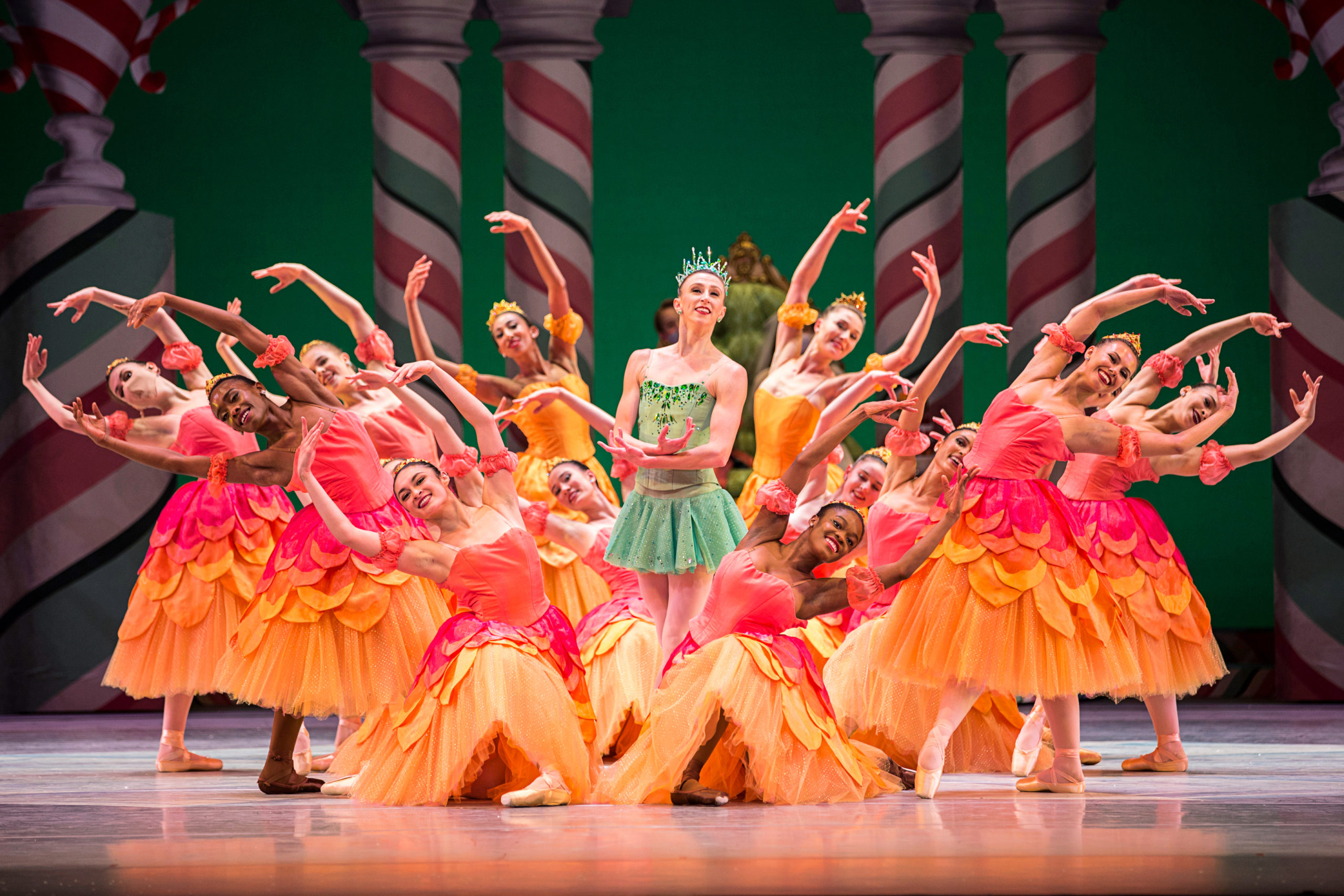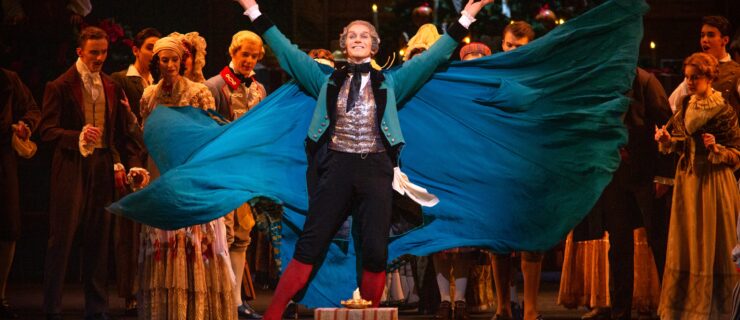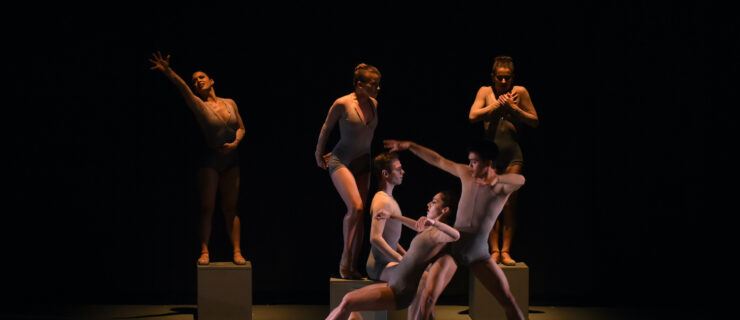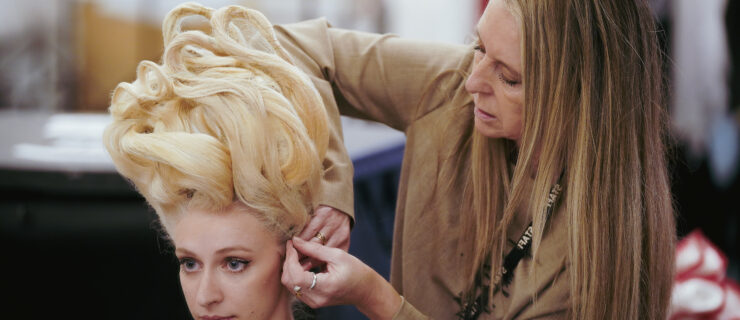Why Some Companies Are Rethinking Pink Tights and Shoes for the Corps de Ballet
In 1974, Dance Theatre of Harlem women began wearing tights and shoes in customized shades of brown, presenting a beautiful continuity of line. Throughout the 1990s and early 2000s, Houston Ballet principal Lauren Anderson became an iconic example of a classical ballerina outside of DTH with legs and feet that matched her upper body. But most predominantly white ballet companies have required a uniform look of pink tights and shoes in classical ballets, particularly for the corps de ballet.
However, this is slowly changing. The 2020 murder of George Floyd has brought conversations of the Black experience to the forefront, including in the dance industry. Now, several major ballet companies have begun to embrace flesh-tone tights and shoes onstage in the corps de ballet—challenging the notion of aesthetic uniformity and ushering in a new era of belonging for dancers at all ranks.
For Julie Kent, artistic director of The Washington Ballet, uniformity in the corps comes not necessarily from costuming but from moving and breathing as one, being on the same page and working towards the same goal. Her decision to offer dancers more options with their tights and shoes was inspired by a talk she heard at a conference hosted by the Dutch National Ballet in 2017, given by historian and race-equity advocate Theresa Ruth Howard. Howard focused on the importance of leaders “inquiring versus assuming” whenever there is a question. Afterwards, Kent asked her company members about their individual preferences for performance tights and shoes, which at the time they did not wish to change from traditional pink in the classical repertoire. She adjusted the school uniform in her first season as artistic director so that students had the option to choose between pink and flesh-toned tights and ballet shoes.
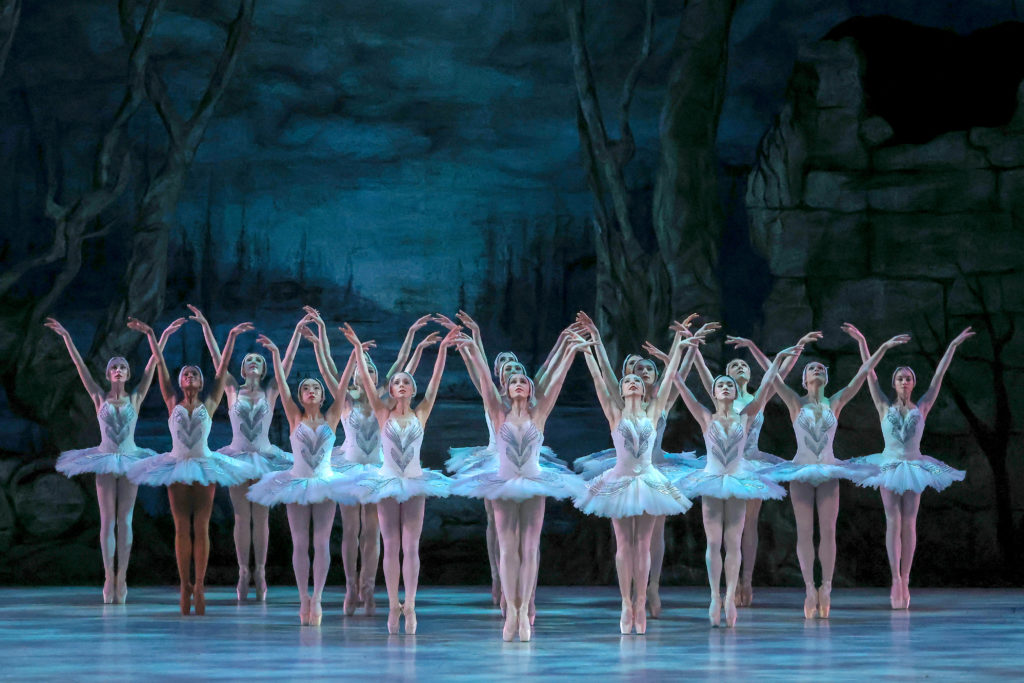
Coming out of the pandemic, however, Kent asked the company dancers for their thoughts on the matter yet again. This time, they expressed their desire to wear flesh-tone tights and shoes for all repertoire and began the process during The Nutcracker in 2021. Logistically, however, rolling out the change was more challenging because of supply chain problems,including long backorders for special orders, as well as what Kent says was the slow response of manufacturers to meet the increased demand for pointe shoes in a variety of colors.
Pacific Northwest Ballet artistic director Peter Boal—who started giving dancers the option to wear flesh-tone leg and footwear in some roles starting in 2019, then made it optional for all roles in 2021—agrees. “Once pointe shoes became available in a variety of tones, a door opened,” he says. “I believe this should be an individual dancer’s choice, but the option must [physically] be there.” He adds that he is much more concerned about the integral principles of musicality and movement quality over aesthetic sameness.
Jonathan Stafford, artistic director of New York City Ballet, agrees. As the pandemic lockdowns subsided, Stafford says he wanted dancers to look and feel their best onstage, and the company members wanted a clear understanding of when and how to utilize flesh-tone tights and shoes in NYCB’s repertory. This led to a decision that all dancers, not just those of color, would wear flesh-tone tights and shoes for designated ballets. Since the spring of 2022, company women have been wearing customized tights and shoes for all ballets that previously required pink. “Part of the process has involved conversations with The George Balanchine Trust, as well as other trusts and living choreographers, who hold the rights to various ballets,” says Stafford. “Everyone involved has been very open to this dialogue and committed to making this change.”
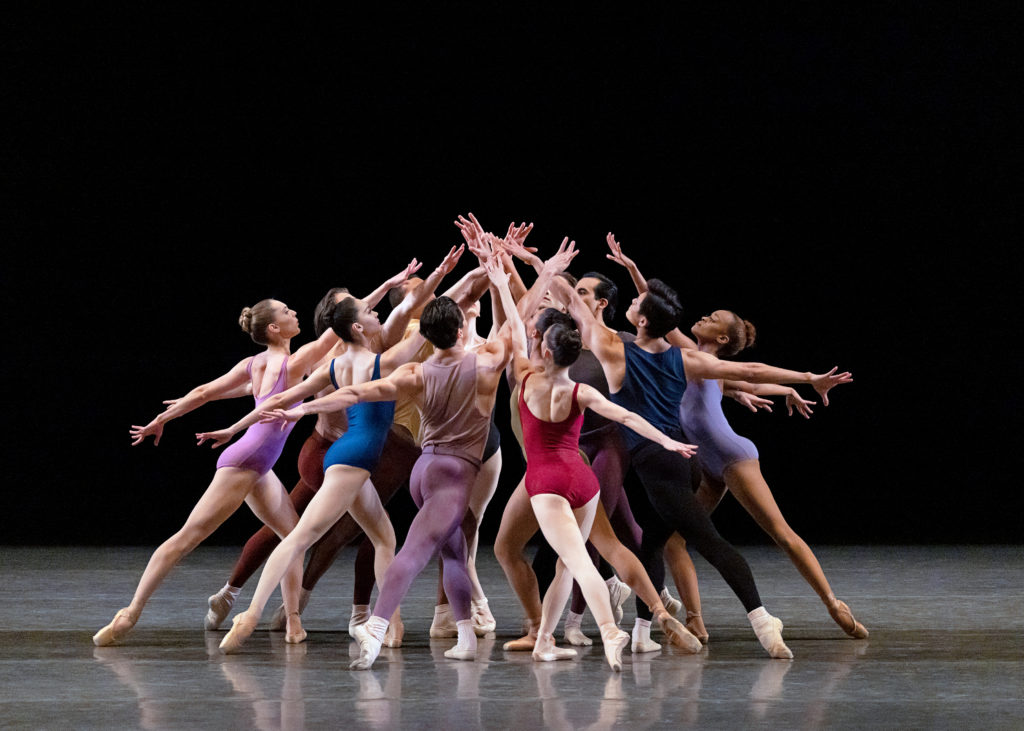
Kent stresses that while flesh-tone tights and shoes are an outward-facing example that the audience can see, it’s really about examining and shifting the race-equity culture of classical ballet. “There is a strong desire of organizations to make that shift, in the big ways and these little ways; it’s a constantly evolving process.” Tights and shoes are simply a baby step that will, hopefully, add to the collective impact of improving the internal culture and sense of belonging in professional ballet companies. When asked how NYCB’s external stakeholders, the Board of Directors and the audience, feel, Stafford says, “We have only received positive feedback.” Boal adds, “I imagine [flesh-tone tights and shoes] have been embraced, but, ultimately, we’re not looking for approval; we’re just doing it.”
